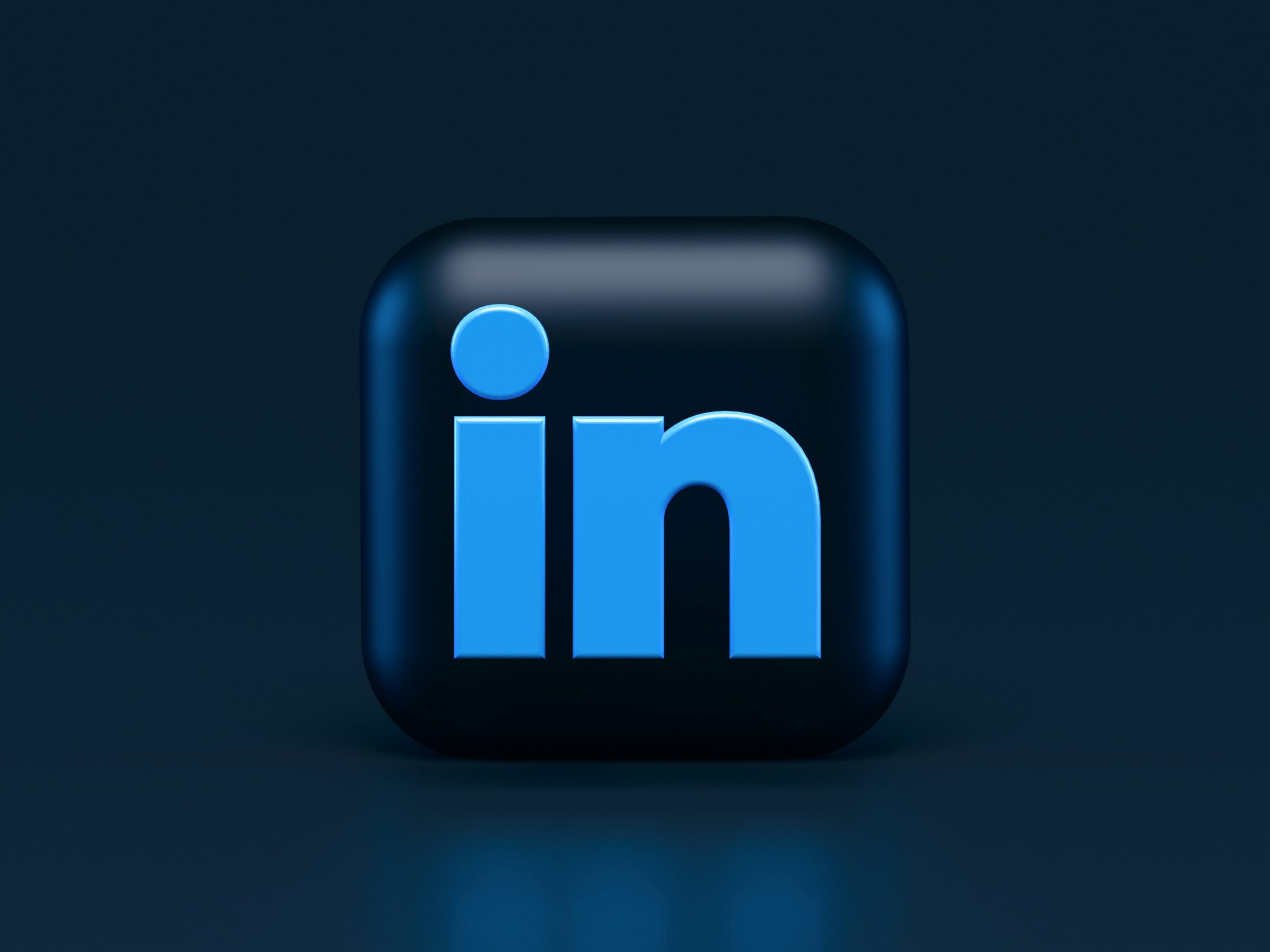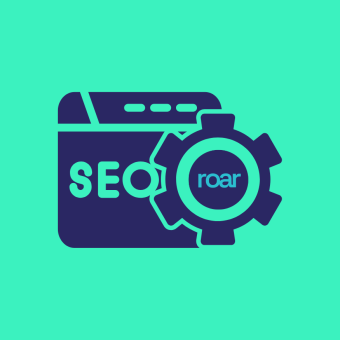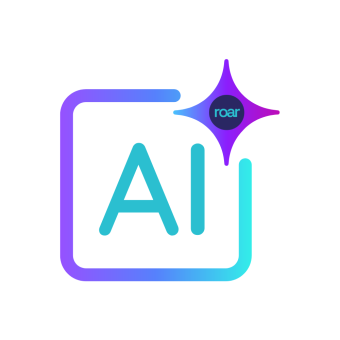LinkedIn has solidified its position as the platform for B2B marketing in a uniquely targeted environment. This year the platform has introduced new features and formats to improve your ROI and marketing success.
Why LinkedIn advertising still dominates in 2025
In the ever-evolving landscape of digital marketing, platforms come and go, but LinkedIn’s influence continues to grow. With over 900 million members worldwide, including a substantial presence in the UK, LinkedIn offers unparalleled access to professionals across various industries. This makes it an indispensable tool for B2B marketers aiming to reach decision-makers and influencers.
The unique power of professional targeting
Unlike other social media platforms that focus primarily on personal interests, LinkedIn centres around professional experiences and networks. This focus allows advertisers to target audiences based on:
-
Job titles and functions: Reach individuals holding specific positions within companies.
-
Industries and company sizes: Tailor campaigns to sectors and organisations of particular scales.
-
Skills and interests: Engage users based on their professional skills and areas of interest.
This precision ensures that your advertising messages are delivered to those most likely to find them relevant, enhancing engagement and conversion rates.
What’s new in 2025?
LinkedIn has rolled out several updates to enhance user and advertiser experiences, including new AI-powered formats, improved targeting and an interface facelift.
-
AI-Powered carousel ads: Utilising AI, these ads dynamically adjust content to match user preferences, increasing engagement. Where before you would have needed multiple versions targeted to each audience, now you have one.
-
Enhanced targeting tools: Improved algorithms offer more accurate audience segmentation, allowing for more effective campaign customisation. Meaning your ads are more likely to be shown to the people you want to see them.
-
Updated campaign manager interface: A more intuitive design streamlines the ad creation and management process, making it easier to use, even for complete beginners.
Understanding LinkedIn ad formats
LinkedIn provides a variety of ad formats, each one caters to a different objective, or audience. Understanding each can help you select the most suitable option for your campaign.
Sponsored content
These ads appear directly in users’ LinkedIn feeds, blending seamlessly with the organic content they’re already scrolling through. They can appear in various forms.
-
Single image ads: Feature a compelling image alongside concise text to capture attention.
-
Video ads: Short, engaging videos capture people’s attention when most posts are images of text. You can showcase a new product or tell your brands story.
-
Carousel ads: Present multiple images or messages within a single ad unit, allowing users to swipe through a series of content. These ads can often have higher engagement scores as a result of people clicking through the content.
-
Event ads: Promote upcoming events directly within the feed to drive attendance and awareness.
-
Document ads: Share valuable documents or presentations that users can download or view without leaving LinkedIn. This type of ad can often be used for a softer sell, where you just want to capture data, rather than a full conversion.
-
Thought leader ads: Amplify content from company executives or industry experts to build credibility and trust.
Sponsored Content is particularly effective for increasing brand awareness and fostering engagement.
Sponsored messaging
Formerly known as Sponsored InMail, this format delivers personalised messages directly to users’ LinkedIn inboxes. It’s ideal for:
-
Direct engagement: Initiate one-on-one conversations with potential leads.
-
Event invitations: Send personalised invites to webinars, conferences, or workshops.
Sponsored Messaging allows for a more intimate and targeted approach to reach your audience.
Text and dynamic ads
These ads appear on the sidebar of LinkedIn pages and are effective for specific objectives:
-
Text ads: Simple yet impactful, these ads are cost-effective for driving traffic to your website or landing pages.
-
Dynamic ads: Personalised ads that use LinkedIn profile data to tailor content, including:
-
Follower ads: Encourage users to follow your LinkedIn Page.
-
Spotlight ads: Highlight specific products, services, or events.
-
Content ads: Promote downloadable content, such as white-papers or eBooks.
-
These formats are effective for building brand recognition and driving specific actions.
One of the biggest breakthroughs in 2025 is AI Content Matching. This isn’t just a buzzword – it’s a complete overhaul in how LinkedIn aligns your ad content with audience intent.
Here’s how it works:
- Sentiment & intent analysis: LinkedIn’s AI now analyses the tone and topic of your ad creative and matches it with users who have shown compatible engagement patterns.
- Smart distribution: Rather than relying solely on manual targeting inputs, LinkedIn intelligently adjusts delivery in real time to maximise relevance.
- Performance boost: Early reports suggest click-through rates have improved by as much as 23% when AI matching is enabled.
Setting up your linkedIn ad campaign in 2025
Step 1 – Define your campaign objective
This is where it all begins. LinkedIn’s updated objective categories now include:
- Brand awareness
- Website visits
- Engagement
- Lead generation
- Website conversions
- Job applicants
Pro tip: In 2025, the “Engagement” objective is optimised with AI to prioritise meaningful interactions like shares, event sign-ups, and content saves over simple likes or comments.
Step 2 – Build ultra-targeted audiences
The magic of LinkedIn advertising lies in its granular targeting capabilities.
Use these strategies for success:
- Job title stacking: Combine variations of similar titles (e.g. “Marketing Manager” + “Brand Manager”) to expand reach without losing relevance.
- Interest layering: Overlay professional interests (e.g. “SaaS”, “Digital transformation”) with industry segments.
- B2B persona modelling: Create personas based on company size, years of experience, and even group memberships.
And if you’re marketing to a specific region like the Midlands or Greater Manchester, make sure to apply geo filters. These can be drilled down as far as the postcode level if you’re looking for a very specific audience.
Step 3 – Choose the right ad format
Each objective aligns better with some formats than others. Here’s a quick guide:
| Objective | Best formats |
|---|---|
| Brand Awareness | Video ads, Thought leader ads |
| Website Visits | Single image, Text ads |
| Engagement | Carousel, Event ads |
| Lead Generation | Message ads, Document ads |
| Website Conversions | Dynamic ads, Retargeting campaigns |
| Job Applicants
|
Spotlight ads, Follower ads
|
Step 4 – Budgeting and bidding
Let’s talk numbers:
- Recommended minimums (UK): Expect to budget at least £50/day for visibility in competitive B2B sectors, LinkedIn often has a higher investment due to the targeted audience you have access to.
- Auto-bidding: Great for beginners; uses LinkedIn’s machine learning to find optimal cost-per-result.
- Manual bidding: Gives you control—especially useful if you have performance data and strict CPA goals.
Hot tip: Hybrid strategies (manual + auto switch mid-campaign) are trending in 2025 for smart spend control.
Step 5 – Launch, test, optimise
Gone are the days of “set and forget.” Now it’s all about dynamic optimisation.
- A/B testing: Always run 2–3 variations per ad group. Test CTA (call-to-action) wording, imagery, and headline tone.
- AI suggestions: LinkedIn now provides AI-backed improvement tips in real-time. Take advantage of these when they align with your goals.
- Performance monitoring: Use the updated 2025 dashboard to spot dips early and iterate.
Optimising your linkedIn ads like a pro
UK-specific targeting tactics
Don’t just target “United Kingdom.” Go deeper.
- Geo-target by county or city: Reach professionals in Glasgow, Bristol, or Birmingham.
- Regional industries: For instance, tech in Reading, finance in Canary Wharf, or manufacturing in Sheffield.
Writing killer ad copy
CTAs have evolved.
- “Learn More” is outperformed by direct, benefit-driven prompts like:
- “See the demo”
- “Download the free playbook”
- “Book your strategy call”
Keep your headlines under 150 characters. And always lead with value.
LinkedIn insight tag 2.0
The Insight Tag got a major facelift this year.
- Full-funnel visibility: Track from ad click to conversion—and now to on-site scroll depth.
- Cross-device attribution: Better tracking across mobile and desktop journeys.
- AI-powered lookalikes: Insight data feeds into smarter audience expansions automatically.
Retargeting best practices
- Sequential ads: Serve “warm-up” content before dropping lead-gen forms. People are so switched on to what an ad looks like now, they can ignore your content. So warming them up for a short while first can improve results in the long run.
- Time-based windows: Retarget users after 3–7 days for peak recall. But avoid spamming them.
- Creative refresh: Rotate your creative every 10–14 days to avoid fatigue.
How to measure success
Metrics that matter
New benchmarks have entered the chat:
- Scroll rate: Measures how far users engage with your content.
- AI intent score: LinkedIn’s score for likelihood to convert based on behaviour.
- Average engagement depth: Tracks interaction beyond clicks (e.g. document views, form field starts). This can indicate if your ads are working but there is friction elsewhere in your funnel.
Campaign manager dashboards
2025’s new dashboard features:
- Multi-campaign overview: Compare performance across objectives at a glance.
- AI alerts: Get notified when performance drops or opportunities arise.
- Forecast tools: Predict outcomes based on current pacing and spend.
Common mistakes to avoid
Over-narrow targeting
If you’re too specific (e.g. “CEOs in fintech startups with 11–50 employees”), LinkedIn won’t serve your ad. The audience pool will be too small and you’ll limit your reach.
Loosen just one parameter—try expanding seniority or company size first. This will help increase the number of people who see your ad who are still within your ideal audience type.
Ignoring video
Still avoiding video because it’s “too expensive”? Here’s the truth:
- Video ads see up to 2x engagement vs. single image.
- Subtitled clips (especially under 30 seconds) perform best in the UK.
It’s easy to make short, personable videos on your smartphone. Even without a huge budget or professional team, this human touch can also improve your brand perception too!
Set-and-forget syndrome
LinkedIn isn’t plug-and-play.
Failing to check in regularly means missed opportunities—and wasted budget. This is often the step that gets forgotten when business picks up and your energy is needed elsewhere. It can easily be reminded by partnering with a paid media agency.
Not working with experts
Paid media agencies have a team of experts dedicated to your account. That means that you’ll have a specific point of contact to design your ads, manage the budget and optimise the campaigns. You often pay a monthly fee for this management, or some smaller agencies take a percentage of your budget as a management fee.
Included in this, you’ll see monthly reports about your success and have regular meetings where you can adjust the audience, or target. If you’re noticing a drop off in sales in the South East, your account manager can create a campaign for that area.
Roar specialises in paid media and paid social campaigns that convert exactly where you need them too. Our hyper-local targeting means you can pinpoint exact postcodes to advertise to, drawing a map around your branches or key locations. LinkedIn advertising is the ideal strategy when you know your audience are hanging out in professional spaces.
Get in touch via the form below and a member of our LinkedIn team will reach out with a free audit of your current adverting strategy or a consultation about what would work for you if you’re unsure where to start.
Conclusion: LinkedIn advertising is the B2B weapon you can’t ignore
The numbers speak for themselves. The precision, the professional context, the lead quality—LinkedIn is still the kingpin of B2B digital marketing.
If you’re serious about driving pipeline in 2025, now’s the time to go all in.
Start with one campaign. Learn. Optimise. Scale.
And remember, it’s not just about ads. It’s about smart strategy in the right environment.
Bonus Content – Tools & resources to power your linkedIn ads
Top AI Tools (2025)
- Mark the Marketer to help with every step from planning, to ad copy, to optimisation
- Jasper AI for ad copy variations
- AdCreative.ai for visuals
- Headline Studio by CoSchedule for headline scoring
📋 Free Checklist: “Your First LinkedIn Ad in 7 Steps”
- Download here: roardigital.co.uk/checklist
LinkedIn Advertising Frequently Asked Questions
Is advertising on LinkedIn worth it?
Yes – for those in B2B. LinkedIn ads give you access to decision-makers and professionals you just won’t reach as easily on other platforms. Yes, it can cost more than Facebook or Google, but the quality of leads usually makes up for it.
What is the most effective LinkedIn ad format?
Sponsored Content—especially video and carousel ads—tend to get the best engagement. They blend right into the feed, feel less “salesy”, and are perfect for building trust with a professional audience.
What are the disadvantages of advertising on LinkedIn?
Cost is the big one. LinkedIn ads can be pricey compared to other platforms. Targeting can also be a bit narrow if you go too specific. But the unrivalled access to leadership roles and industries is worth it.
How to run LinkedIn ads for beginners?
Start small with a single campaign. Pick a clear goal (like leads or traffic), define your audience using job titles and industries, and use Sponsored Content with a simple image or video. Monitor performance in Campaign Manager and tweak as you go.



